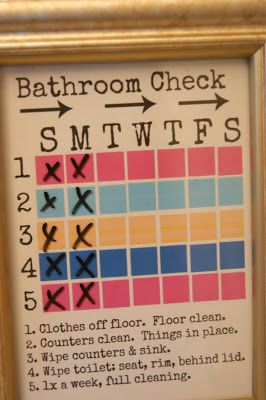“Dude, why do you love schedules so much?”
It’s Tuesday afternoon, and I’m taking a handful of our students who struggle with executive functioning deficits to the local grocery store, to pick up their weekly work schedules. From the back seat of our school van, I hear one of the students ask this question to his peer who is anxious to find out what his upcoming week looks like.
The question, asked by one by one of our more inquisitive students, may have been asked in jest, but the answer is a complex one. For young people with autism and other related neurodevelopmental challenges, developing consistent schedules, routines, and habits are often the best interventions to reduce anxiety, increase executive functioning, and improve social skills.
Why are schedules, routines, and habits important?
One of the hallmark struggles for students with autism and other neurodevlopmental disorders is the degree to which they sometimes struggle with transitions. Whether the transition is small like moving from lunch to Algebra class, or more substantial like starting college for the first time, many of our students benefit from developing routines and schedules.
Predictability: Knowing what is coming up can allow students to think about how to approach social situations, which often reduces anxiety and often results in more effective social skills.
Executive Functioning: Many people with autism and other neurodevelopmental disorders struggle with executive functioning. Stabilizing routines and establishing daily structure can reduce the stress of managing multiple life challenges.
Comfort: We find that when our students have well thought out schedules that balance their need for relaxation, daily responsibilities, wellness, and social contact, they do well.
What can be done?
Create Consistent Routines While some parts of a day like a school schedule may easily lend themselves to development of schedules, it is just as important to support routines in areas like getting ready for bed, crafting a successful morning, or preparing for work.

Use Visuals Trackers and Checklists: A travel itinerary, a regular schedule for completing college classes, and other important information can always be shown in a visual way. Pinterest is a great source of inspiration for how to do this at home!

Consider Creating a Trigger Action: The simple knowledge of what comes next can be an incredibly soothing tool for our students who struggle with anxiety. A habit or trigger action can be a great tool for setting a student up for success in an area of their life that causes them stress. For example, hanging up your keys in the same spot as soon as you walk in the door. Walking in the door acts as the “trigger” to hang the keys. With enough repetition, this action becomes a habit that leads to a reduced level of stress when you are in a rush to get to school in the morning.

What’s Next?
Sometimes the best way to support a new routine for a student with a neurodevelopmental disorder is to make a small, simple move towards structure. What’s your next step?
Written By: Aaron McGinley, MA, CMHC, LPCA
